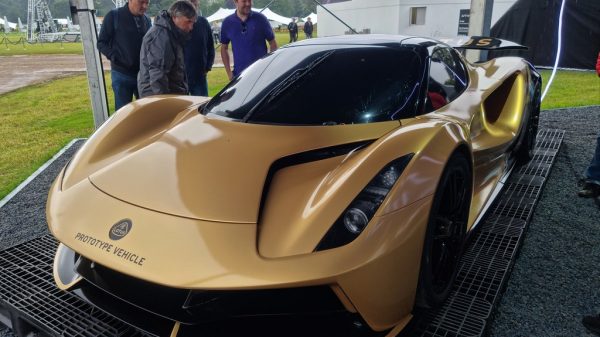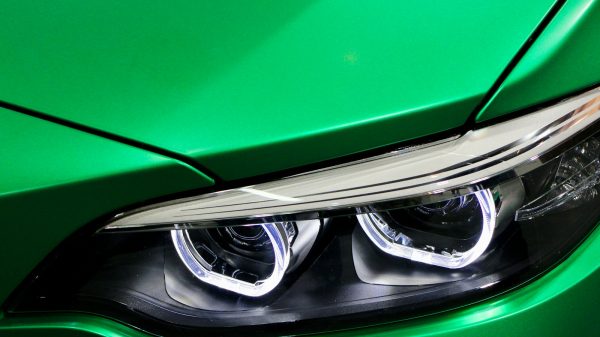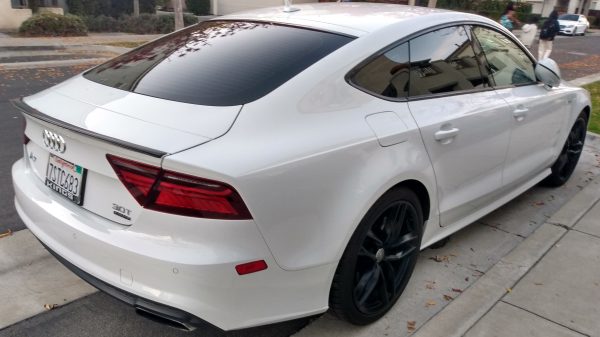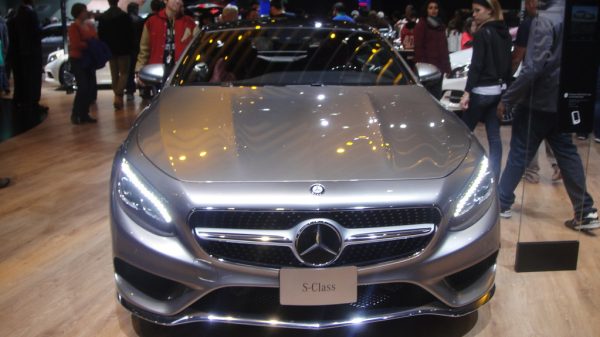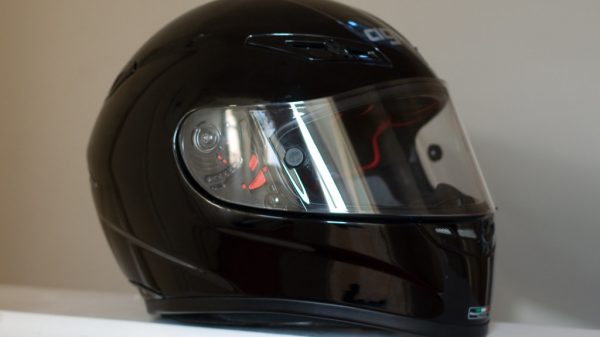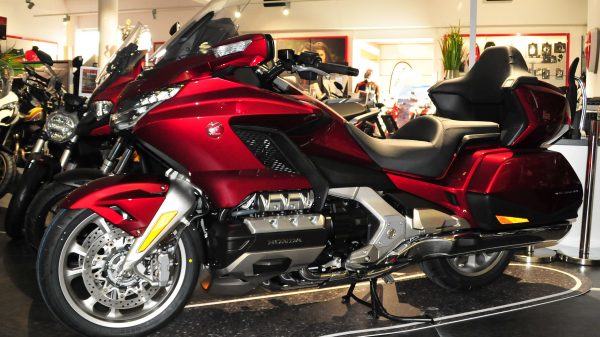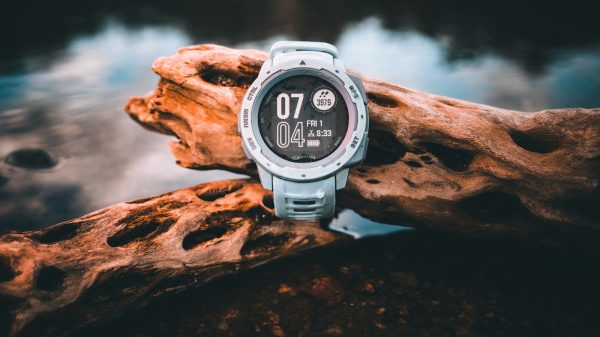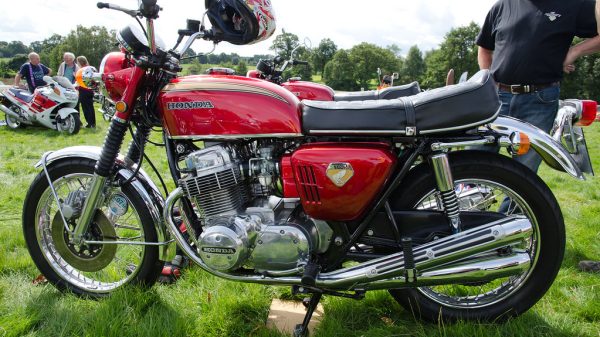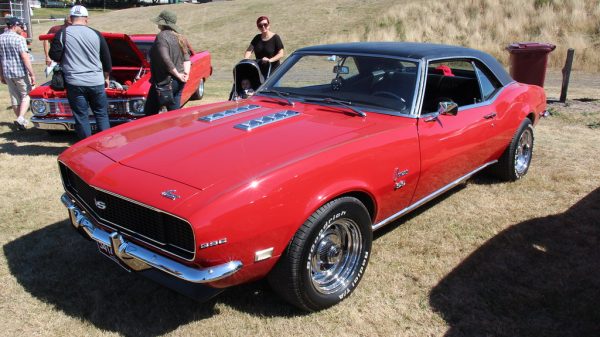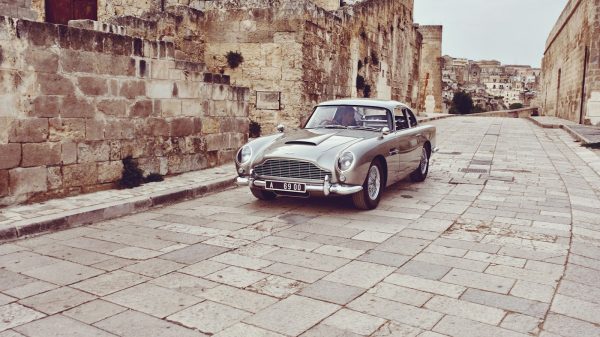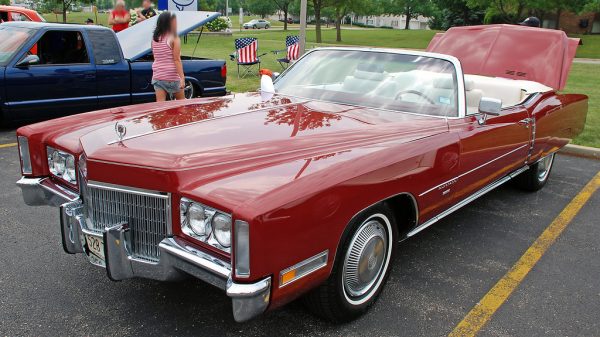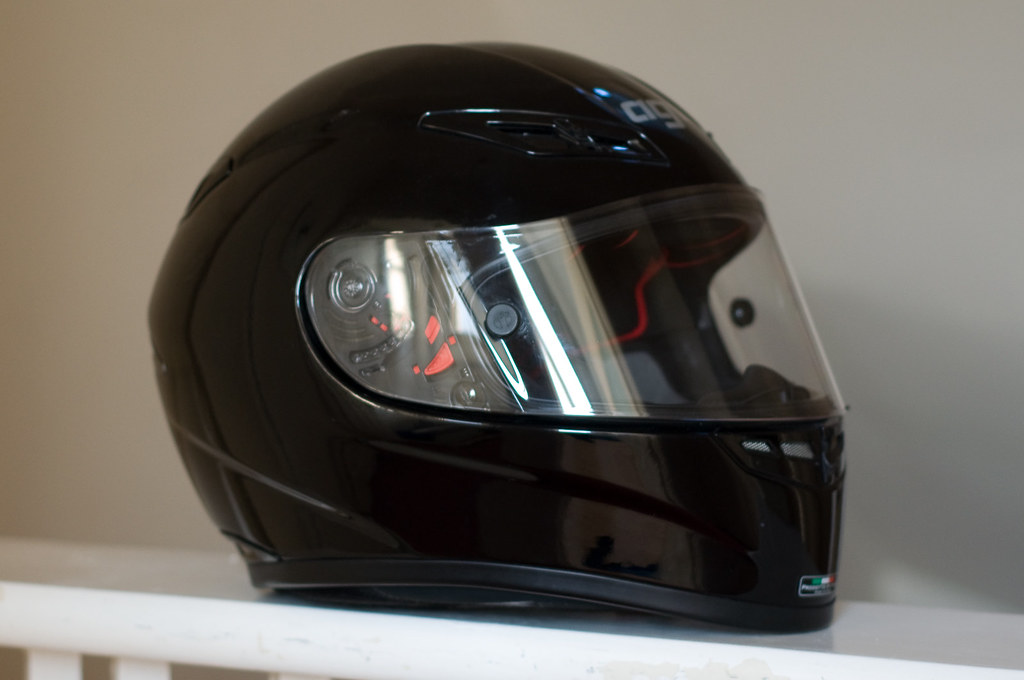Riding a motorcycle gives an incredible sense of freedom, but safety is always a concern. Did you know the first motorcycle helmet was created in 1914?
Early History of Motorcycle Helmets
Motorcycle helmets started out quite differently than today. In the late 1800s, early bikers wore flat caps with almost no protection. The first real attempt to make a helmet came from Dr.
Eric Gardner in the early 1900s. He used canvas and shellac to create something that could absorb impact and help protect riders’ heads.
Avoid the long lines and shop online!
-> Shop the Best Deals on Amazon <-
As an Amazon Associate, we earn from qualifying purchases.
The idea of protective headgear soon spread, especially after famous racers began using them in events like the Isle of Man TT races. Before long, it became clear that proper motorcycle safety gear was essential for everyone on two wheels.
The First Motorcycle Helmet in 1914
In 1914, British physicist Eric Gardner invented the first motorcycle helmet. Born as a necessity for safety, this helmet made its debut at the Isle of Man TT races. Racing back then was dangerous with no head protection for riders.
Gardner’s design aimed to reduce injuries from accidents, given how risky these early races were.
This initial helmet wasn’t like today’s versions. It lacked advanced materials and modern comfort features but created a foundation for future helmets. The concept stemmed from observing motorbike crashes and wanting better protection.
This breakthrough gained importance after T.E. Lawrence’s tragic crash in 1935 highlighted the need for safer riding gear, paving the way for mandatory use by British Army dispatch riders in 1941.
Avoid the long lines and shop online!
-> Shop the Best Deals on Amazon <-
As an Amazon Associate, we earn from qualifying purchases.
Rise of Helmet Brands in the Mid-20th Century
AGV, a major player in motorcycle helmet manufacturing, started its journey in 1947. Charles F. Lombard introduced the first patented motorcycle helmet in 1953, marking a significant milestone.
AGV didn’t stop there; they produced the first fiber motorcycle helmet just a year later.
Avoid the long lines and shop online!
-> Shop the Best Deals on Amazon <-
As an Amazon Associate, we earn from qualifying purchases.
The Snell Memorial Foundation came into existence in 1957, setting important safety standards for helmets. Brands like Bell Helmets began to emerge during this period as well, offering innovative designs and improved impact resistance.
These brands ensured that motorcyclists had better protection and more stylish options compared to previous decades.
Evolution in Shape and Materials
Helmets have come a long way since the early days. In 1953, Charles F. Lombard patented the first motorcycle helmet with a rigid outer shell and inner padding. This marked a big shift in safety gear design.
The next year, AGV introduced the first fiber motorcycle helmet.
Composite materials like carbon fiber and Kevlar soon followed. Shoei then created the first multi-fiber helmet in the 1980s using both carbon and Kevlar. These advancements made helmets lighter yet stronger—boosting both protection and comfort for riders everywhere.
The 70s and 80s: A Period of Innovation
Bell revolutionized the market by introducing the first full-face helmet in 1968 with the Bell Star model. This innovation marked a shift towards more comprehensive head protection.
Then came carbon fiber, making helmets stronger and lighter in the 1970s. Brands like Shoei pushed boundaries further by creating multi-fiber helmets combining carbon and Kevlar in the 1980s.
New safety regulations were established during these decades to improve rider protection. Organizations began setting standards that manufacturers had to meet, pushing for better materials and designs.
The use of advanced composites like carbon fiber not only enhanced safety but also allowed for sleeker designs appealing to riders’ aesthetics.
Modern Full-Face and Composite Helmets
Helmets have come a long way since their early days, especially with the introduction of modern full-face designs. The Bell Star helmet in 1968 marked a significant shift by offering comprehensive protection for riders.
Today’s helmets use advanced materials like carbon fiber and Kevlar composites to make them lightweight yet durable. These composite materials help reduce the strain on a rider’s neck while providing robust protection against impacts.
Professional riders now rely on helmets with FIM homologation from the International Motorcycling Federation—this has been mandatory since 2019. These safety standards ensure that helmets meet rigorous testing criteria before hitting the market.
Full-face motorcycle helmets cover the entire head and face, providing superior safety compared to open-face models. Brands like Arai continue to innovate with multi-fiber constructions and ergonomic designs, enhancing both comfort and security for bikers around the world.
The Resurgence of Retro Helmets
The 21st century brought back retro-style motorcycle helmets. This resurgence taps into nostalgia and fashion, blending old-school designs with modern safety features. Riders now enjoy the vintage look without sacrificing protection.
Helmets like the Bell Bullitt and AGV X3000 stand out as influential models in this trend.
Retro helmets symbolize identity, freedom, and cultural heritage among bikers. They evoke memories of icons like Giacomo Agostini and scenes from classic films such as “The Wild One.” More than just a fashion statement, these helmets represent a connection to biking’s rich history while meeting today’s safety standards like DOT (Department of Transportation) regulations.
Today’s Safety Standards
Helmets today must meet strict safety standards to protect riders. In the United States, helmets need to pass DOT (Department of Transportation) tests. Europe uses the ECE 22.05 standard, ensuring that helmets are durable and shock-resistant.
The American National Safety Standard for Motorcycle Helmets was established in 1966 and has evolved through rigorous testing procedures.
Professional riders follow even stricter rules. Since 2019, they must wear helmets with FIM homologation from the International Motorcycling Federation. These high-performance helmets undergo rigorous tests for impact protection and material quality.
The Snell Memorial Foundation, created in 1957, also sets high benchmarks for helmet safety worldwide—pushing advancements in multi-directional impact protection systems and superior materials like carbon fiber.
The Role of Style in Helmet Design
A helmet isn’t just about safety; it’s also a statement of style. In 1947, AGV began incorporating style into their designs, making helmets more appealing to riders. Giacomo Agostini wore a full-face helmet in the Grand Prix race of 1967—this move turned heads and set trends.
Companies like Shoei pushed boundaries by using materials like carbon and Kevlar in the 1980s. These multi-fiber helmets were lighter and stronger while still looking cool. Modern designs blend fashion with function, using advanced technologies for comfort and safety.
Retro styles are even making a comeback to satisfy those who love classic looks!
Beware of Novelty Motorcycle Helmets
Novelty motorcycle helmets might look stylish, but they are not safe. These helmets lack an expanded polystyrene liner, which is essential for absorbing impact energy during a crash.
Because of this missing layer, novelty helmets offer less protection than other types. They weigh about two-thirds less than most approved helmets, making them tempting for some riders who prioritize comfort or style over safety.
Many novelty helmets display fake “DOT” stickers to appear legitimate but fail to meet the U.S. Department of Transportation (DOT) standards required for helmet safety. The risk ratio for fatal injuries is 1.95 times higher with these inadequate protective gears compared to full-face helmets and multi-fiber types that meet DOT standards.
Be wary—choosing a helmet based solely on appearance can lead to dire consequences on the road.





